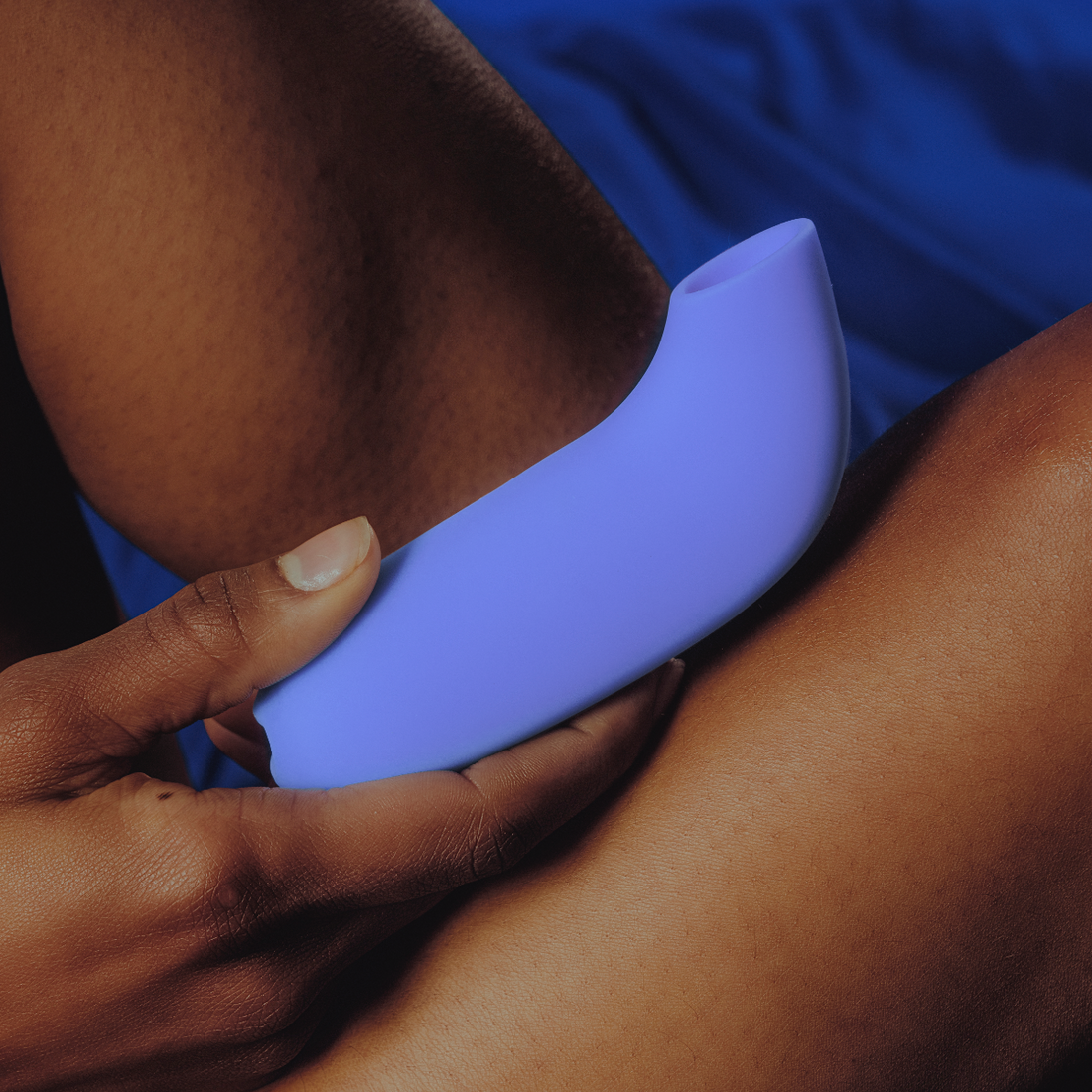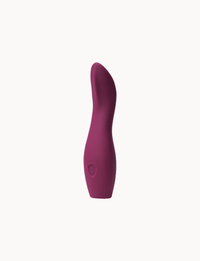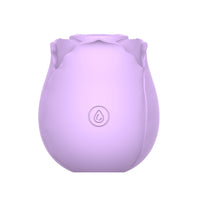You walk into a drugstore. You’re on your way to a date, and you just know that the night is going to end with you getting frisky. But you’re being careful, so you’re bringing protection. But you stop when you see the shelves upon shelves of options before you. From Trojan to Durex, every brand seems to have hundreds of variations of condoms. So, what does it all mean? Let’s walk through choosing the best condom for you and your partner.
10 Types of Condoms and How They Work
1. Latex condoms
The majority of condoms you’ll find on store shelves are latex or polyurethane, but when many people think about condoms, the latex variety comes to mind. Latex condoms protect against both pregnancy and STIs, making them one of the most recommended options for condom use. However, there are a few things to keep in mind when attempting to use latex condoms. Some people may be unable to use a latex condom because they are allergic to latex. Symptoms of a latex allergy include skin irritation, rash, hives, trouble breathing, runny nose, and watery eyes. However, some people mistakenly believe they have a latex allergy because they experience irritation in their genital region. Less than 1 percent of the U.S. population has a latex allergy. It’s more likely that these sufferers are experiencing a problem with lubrication, which can lead to friction, causing irritation. Rather than discontinuing the use of a latex condom, as it remains the most effective condom at 98 percent effectiveness, you should talk to your doctor about checking for the allergy and making recommendations for condom use. Your doctor may say that you can continue to use latex condoms but that you should use the lubricated variety or add a lubricant when you’re having sex. However, if you do use lube, be sure to use one that’s not oil-based, as oil-based lubricants can break down latex condoms, making them less effective.
2. Non-latex condoms
If you do have a latex allergy, your doctor may suggest you try a non-latex condom. Non-latex condoms are typically made from polyurethane or polyisoprene. Polyurethane condoms are made of a thin plastic instead of rubber. They’re often more expensive than latex condoms, but they have similar levels of protection against pregnancy and STIs, with a 2003 study concluding that they are 94 percent effective. However, they’re often not as tight as latex condoms, making them more likely to slip off. Polyisoprene condoms are made of a synthetic rubber and also offer similar levels of protection against pregnancy and STIs. Compared to latex condoms, polyisoprene condoms are often stretchier. No studies have concluded their effectiveness, but sexual health experts believe these condoms are about as effective at preventing STI transmission and pregnancy as other non-latex condoms. Although non-latex condoms made of polyisoprene and polyurethane do offer protection against pregnancy and STIs, studies have suggested that the latex condom is still superior. One often-cited study conducted in the late ‘90s and early 2000s showed that the breakage rate for a non-latex condom is eight times that of a latex condom. Overall, the non-latex condom had a higher rate of breakage or slippage than the latex condom during both intercourse and withdrawal. There are also other concerns to think about when using non-latex condoms. While polyurethane condoms can be used with oil-based lubricants, polyisoprene condoms cannot. Both types of non-latex condoms are also not considered the most environmentally-friendly around. They’re made from synthetic materials and, therefore, not biodegradable. However, it’s worth considering that latex condoms aren’t 100 percent natural rubber either and are also not biodegradable.
3. Lambskin condoms
Lambskin condoms are technically a type of non-latex condom, but we’re placing them in their own category because they work differently from polyisoprene or polyurethane condoms. They are made from the intestinal membrane of a lamb. Although they provide good protection against pregnancy with 98 percent effectiveness, they do not prevent the spread of STIs. Although the pores of the condom can stop sperm from going through, those holes are too big to block most STIs. Lambskin condoms are among the most expensive condoms on the market, but they are the only type of condom that’s actually biodegradable. Similar to polyisoprene condoms, oil-based lubricants can also be used with lambskin condoms. They also conduct body heat better than latex condoms, which can enhance pleasure during sex.
4. Lubricated condoms
As noted above, some people mistakenly believe that they have a latex allergy when they’re experiencing vaginal dryness, but vaginal dryness is far more common than a latex allergy. Around 17 percent of people who were assigned female at birth between the ages of 18 and 50 report vaginal dryness during sex. Although menopause is a common culprit, many things can affect how dry your vagina is during sex, including diabetes, birth control pills, and the use of scented soaps around your genitals. Although some people turn to lubricant to help them decrease friction during sex and ramp up the pleasure again, lubricated condoms can also be of some assistance. Still, it’s worth noting that lubricated condoms, despite their name, don’t actually contain enough lubricant for sex. It’s best to use an additional lube with the lubricated condom if you or your partner are experiencing vaginal dryness.
5. Internal condoms
Internal condoms, or female condoms, differ from male condoms in that, as the name implies, they are used inside a vagina. They’re inserted similarly to a tampon. One of the major benefits of an internal condom is that it doesn’t have to be put on in the heat of the moment. You don’t have to stop foreplay to put on a condom before intercourse. An internal condom can be put in up to 8 hours before sex. Like male condoms, female condoms protect against pregnancy and STIs. And in theory, they are almost equally as effective in protecting against pregnancy. Male condoms are 98 percent effective against pregnancy in theory, while female condoms are 95 percent. However, in practice, those numbers differ. Due to human error, internal condoms drop to 79 percent effectiveness, while male condoms are 85 percent effective. Because of this reduction in efficacy, an additional form of birth control is often recommended when using an internal condom. That said, you should ideally also use an extra form of birth control when using the male condom. However, male and female condoms should never be used simultaneously, as doing so can increase the risk of breakage in both.
6. Spermicidal condoms
It’s often recommended that people double up on their birth control, as long as one form doesn’t harm the other, such as is the case for using both male and female condoms together. So, what about a condom that’s already got two forms of birth control in one? Spermicide attacks the outer membrane of sperm, preventing pregnancy. However, on its own, spermicide is only 72 percent effective. But how effective are spermicidal condoms? There are few large-scale studies on the efficacy of spermicidal condoms, but the few studies out there do suggest that spermicidal condoms are at least slightly more effective than condoms alone. That said, spermicide does not increase condoms’ effectiveness against STIs. You’ll have to consider if the marginal increase in effectiveness is worth the potential discomfort, though. Spermicidal condoms are most often made with nonoxynol-9, which can cause allergic reactions. Nonoxynol-9 has also been shown to increase the risk for urinary tract infections (UTIs) in people with vaginas, as well as increase the risk of transmission of HIV.
7. Flavored condoms
Flavored condoms are basically lubricated condoms, but that lubricant is flavored. You can pretty much find any flavor imaginable at this point. Bubblegum? It’s out there. Soda? Yup, it exists. However, we’re still holding out hope for that pumpkin spice condom. Unlike other lubricated condoms, flavored condoms aren’t really meant for vaginal sex. They’re meant for oral sex. Using flavored condoms during vaginal intercourse can result in irritation or a yeast infection.
8. Hexagonal condoms
Hexagonal condoms are one of the newer forms of condoms out there, but there are few on the market. Introduced in 2016 by the Swedish sex toy company Lelo, these condoms feature a hexagonal web on the outside. The reason being is that it can withstand more stress than a regular condom due to its structural integrity, making it less likely to tear. Unfortunately for those with a latex allergy, the only hexagonal condoms out there are made of latex.
9. Textured condoms
You know when a company advertises that a condom is “ribbed for her pleasure”? They’re telling half the story. Textured condoms, which may be ribbed or dotted with raised bits to increase friction, can indeed increase pleasure. A ribbed or dotted condom can stimulate the nerves inside the vagina better than a non-textured condom. Unfortunately, that’s not where most people with vaginas want so much stimulation. The vulva is the more sensitive part. Textured condoms can often be irritating because there isn’t enough lubricant for all that added friction. It’s a good idea to keep a lubricant on hand if you want to use this type of condom. Just remember to check if it’s latex, polyurethane, polyisoprene, or lambskin to determine what kind of lube you can use.
10. Thin or ultra-thin condoms
Some people turn to thin or ultra-thin condoms because the thinner the condom, the less it feels like it’s there. Most condoms run between 0.04 and 0.08 millimeters, but ultra-thin condoms go below the 0.04-millimeter mark. A handful of brands go as low as 0.02 millimeters, though the thinnest condom in the world is reportedly 0.01 millimeters. But doesn’t a thinner condom mean that it’s more likely to break? Not necessarily. As long as they’re used correctly, they should be as effective as any other male condom, and they can come in latex or non-latex varieties. Still feeling overwhelmed about all your options? If you’re worried about an allergy or dealing with vaginal dryness, you may want to speak with your primary care doctor or gynecologist to ask for recommendations. Using condoms is one way to prevent pregnancy and the most effective way to protect against STIs outside of not having sex at all. Your doctor can help make sure you’re protecting yourself while still feeling good.





















































